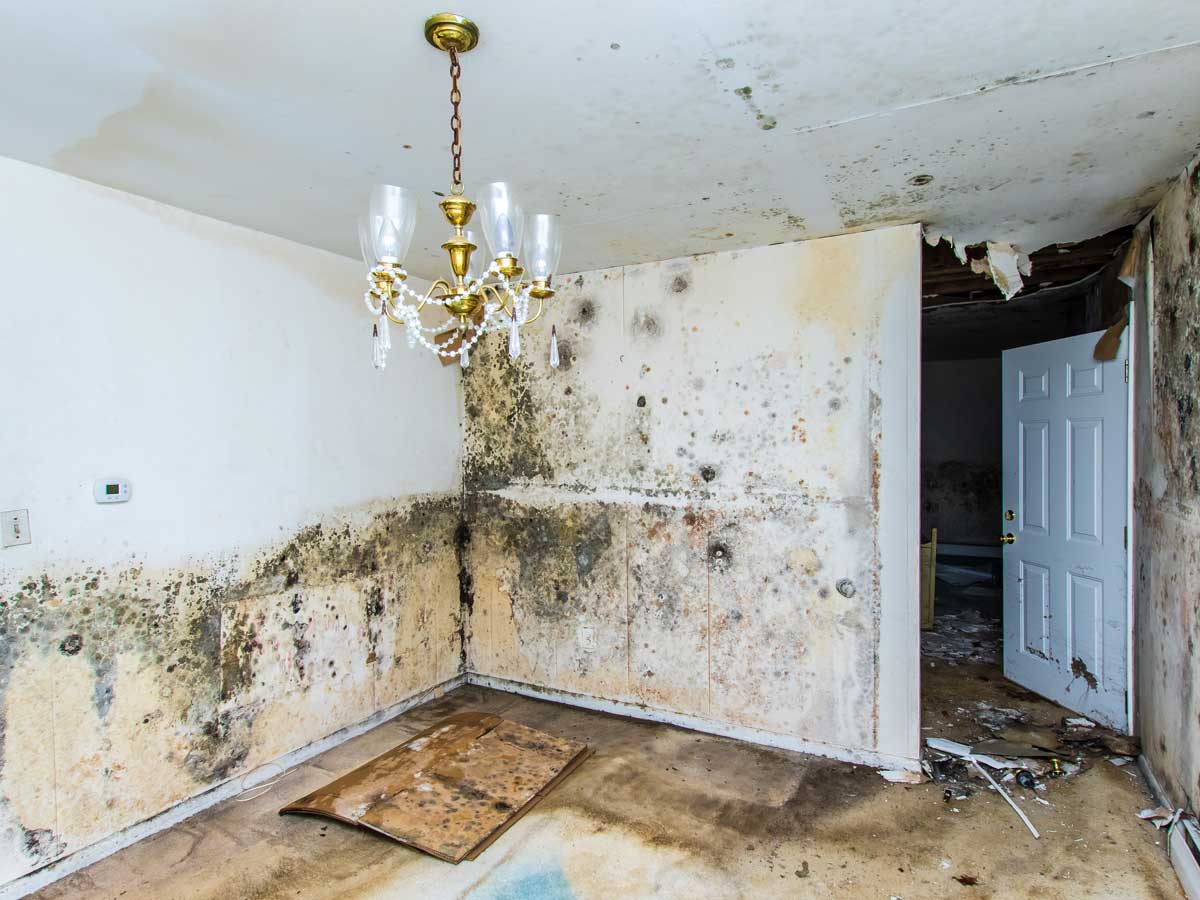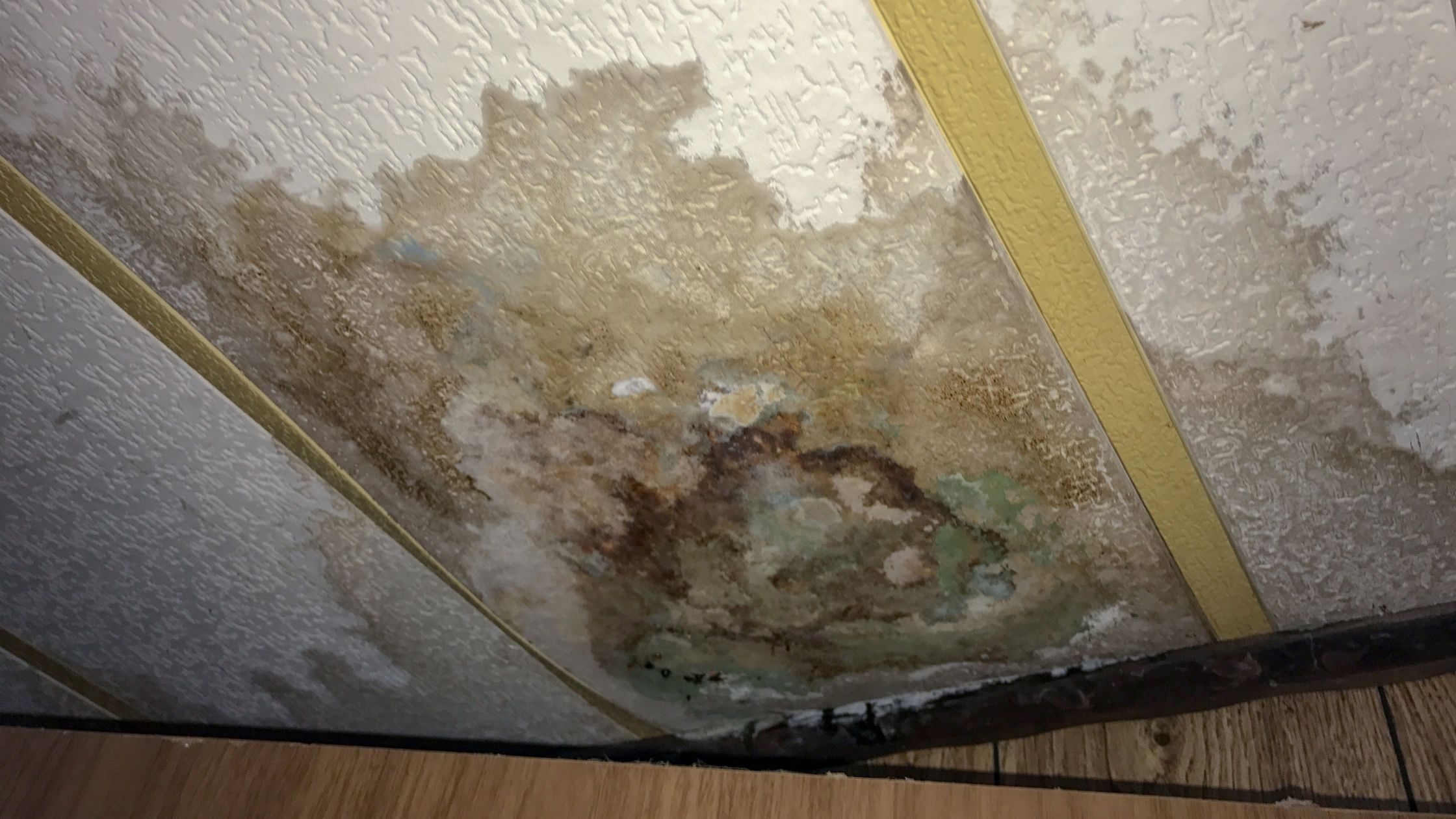Emergency Water Damage Restoration to Restore Your Property Quickly
The Process of Water Damage Cleaning: Guaranteeing Your Home Is Restored Successfully
Water damages can be an overwhelming obstacle for property owners, requiring a meticulous and structured cleanup procedure to recover safety and performance. A comprehensive assessment is vital to identify the level of the damage and identify the ideal remediation steps. Following this, efficient water extraction methods play a critical role in minimizing additional harm. The nuances of drying, sterilizing, and eventual restoration are just as essential and usually forgotten. Recognizing these phases can make a considerable difference in the outcome of your home's restoration, prompting a closer take a look at what each step involves.
Evaluating the Damages
Upon finding water damage, the very first step is to completely analyze the degree of the effect. This preliminary examination is crucial, as it helps identify the essential actions for effective clean-up and reconstruction. Begin by examining the influenced areas, including walls, ceilings, floors, and individual items, to determine the source of the water invasion, whether from flooding, leaks, or condensation.
Documenting the damage is crucial for both insurance policy claims and preparing repair initiatives - damage restoration services. Usage pictures and created notes to catch the extent of the damage, keeping in mind any kind of afflicted architectural components and products. Pay unique interest to areas that may not be quickly noticeable, such as behind walls and under carpets, as hidden dampness can lead to more issues, including mold development
Furthermore, evaluate the timeline of the water exposure. Eventually, a comprehensive analysis lays the foundation for a successful water damages cleaning procedure, ensuring that all influenced locations are dealt with properly and completely.
Water Removal Techniques

Experts commonly use submersible pumps for bigger quantities of water, which can quickly ease flooding in cellars or other influenced areas. For smaller sized quantities, wet/dry vacuums are frequently used to remove recurring moisture from carpetings and hard surfaces. Additionally, using mobile extractors permits targeted elimination in restricted rooms or locations with delicate materials.
In circumstances of infected water, such as sewer or floodwater, progressed removal methods may involve the usage of biohazard tools to make sure security and compliance with wellness regulations. High-powered removal tools are essential in reducing water retention in structural materials, which can result in mold and mildew growth and structural degeneration if not attended to immediately.
Inevitably, the performance of water removal methods plays a pivotal duty in the general success of the water damages cleanup process, laying the foundation for subsequent remediation initiatives.
Drying and Dehumidification
Once standing water has actually been properly removed, the next critical stage in the water damage cleaning procedure is drying and dehumidification. This action is important to prevent additional damages and mold and mildew growth, which can happen within 24 to two days in moist settings.
To accomplish efficient drying out, specialized tools such as industrial-grade air movers and dehumidifiers is employed. Air moving companies distribute air across wet surface areas, improving dissipation rates, while dehumidifiers decrease moisture levels airborne, advertising a helpful environment for drying out. The mix of these tools makes sure that dampness is attracted out from floors, wall surfaces, and home furnishings, allowing them to completely dry thoroughly.
It is very important to monitor the drying process closely. Specialists commonly use moisture meters to analyze the moisture content in various products, guaranteeing that all impacted areas reach appropriate dry skin levels. This precise approach assists to stop covert moisture pockets that might result in structural damage or harmful mold growth.

Cleaning and Sterilizing
After the drying and dehumidification stage is complete, the following vital step in helpful site water damage cleanup is cleansing and disinfecting the impacted areas. This process is vital to stop the development of mold and mildew, bacteria, and other pathogens that thrive in wet atmospheres.
The cleansing phase normally entails eliminating any type of particles, dirt, and pollutants from surface areas using specialized cleaning representatives. For hard surface areas, a mix of soap and water or business cleansing products is usually used. Soft materials, such as upholstery and carpets, might call for a lot more comprehensive cleaning techniques, consisting of heavy steam cleaning or deep extraction techniques, to make sure thorough cleanliness.

Sanitizing follows cleansing, using EPA-approved disinfectants to eliminate dangerous microorganisms. This action is important, specifically in locations that may have come right into call with floodwaters or sewer, as these sources can present significant wellness threats.
In addition, it is very important to resolve any type of remaining odors, which might call for using smell neutralizers or advanced methods like ozone therapy. Proper cleaning and disinfecting not only recover the safety and hygiene of your home but likewise prepared for effective restoration and repair work in subsequent stages of the water damages clean-up procedure.
Restoration and Repair Work

As soon as the evaluation is complete, reconstruction efforts can start. Furthermore, flooring may call for similar attention, depending on the degree of water exposure.
It is vital to engage knowledgeable reconstruction specialists during this procedure, as they have the experience to deal with complicated fixings successfully. Furthermore, they can aid alleviate prospective future issues, such as mold growth or structural instability, hence making certain a habitable and safe living atmosphere. Ultimately, effective repair and repair services restore the home's stability and improve its total value.
Conclusion
In conclusion, the process of water damages cleanup is important for recovering a home to its pre-damage problem. Each phase, from evaluating the damages to executing efficient water extraction methods, followed by complete drying out, sterilizing, and needed fixings, plays an essential role in making certain safety and security and compliance with building requirements. Effective implementation of these actions not only alleviates instant damage but likewise improves the long-lasting stability and worth of the property.
Water damage can be a complicated challenge for home owners, demanding a structured and meticulous cleaning process to bring back security and performance. Eventually, a detailed evaluation lays the foundation for a successful water damage clean-up process, making certain that all impacted areas are resolved properly and completely.
Reliable water removal methods are crucial in mitigating damages and avoiding more problems following a water intrusion event.In verdict, the procedure of water damages clean-up is essential for bring back a home to its pre-damage condition. Each stage, from examining the damage to applying efficient water extraction strategies, complied with by comprehensive drying out, sterilizing, and essential repair services, plays a vital duty in guaranteeing safety and compliance with building requirements.